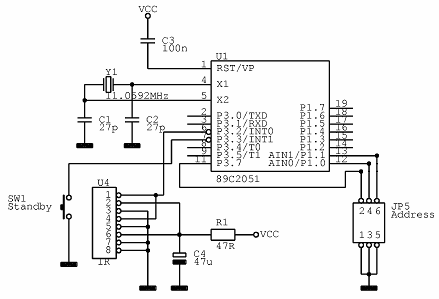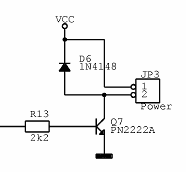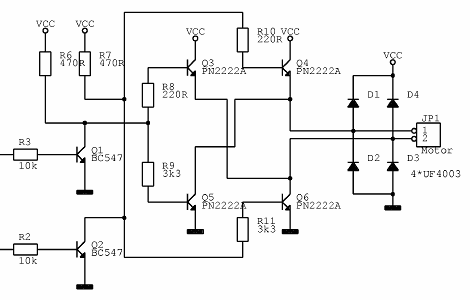 Overview Circuit description Protocol Parts/PCB Wishlist |
|
The circuit uses an IR receiver chip to receive the IR signal from the remote. The chip includes a bandpass
filter and a demodulator, so the output is a logic signal. The signal is then processed by an Atmel 89C2051 chip that decodes the remote signal and controls the volume pot and relays. |


